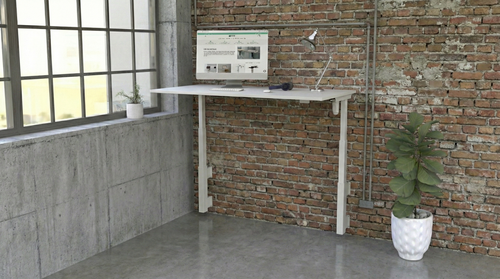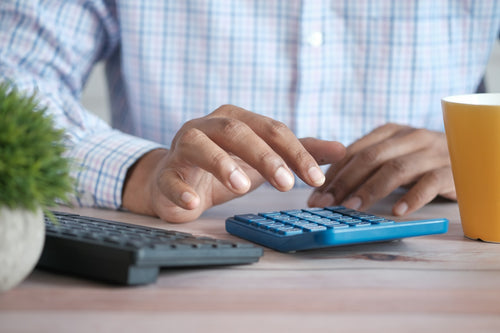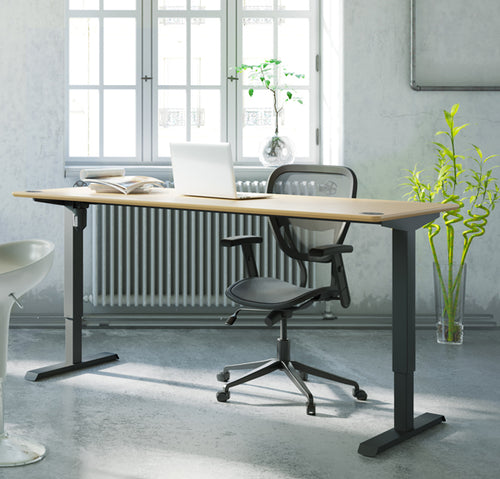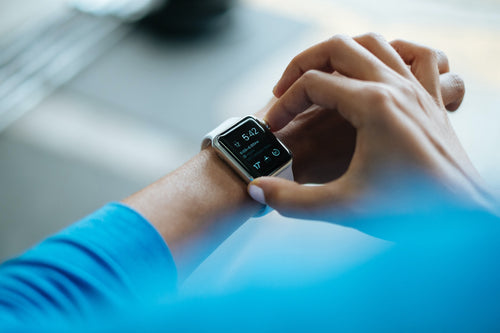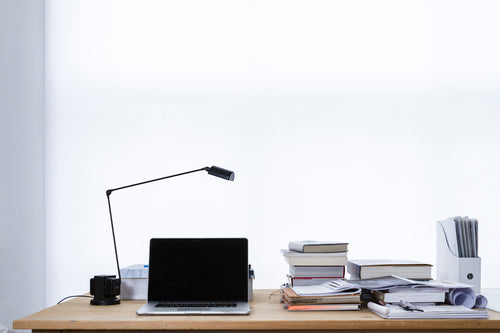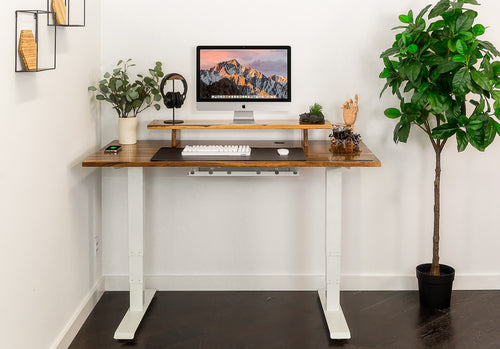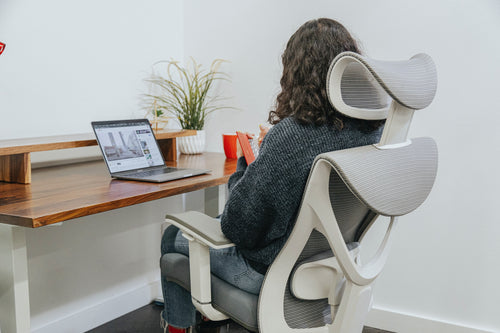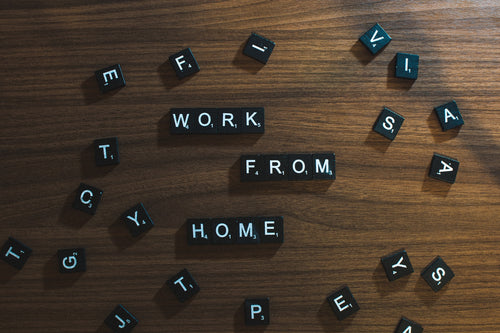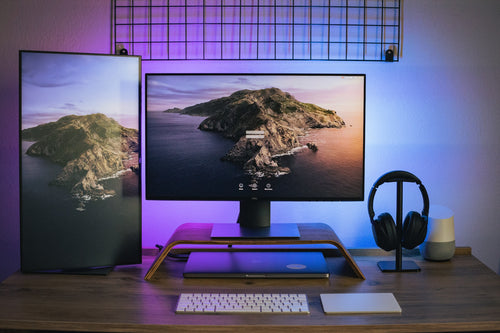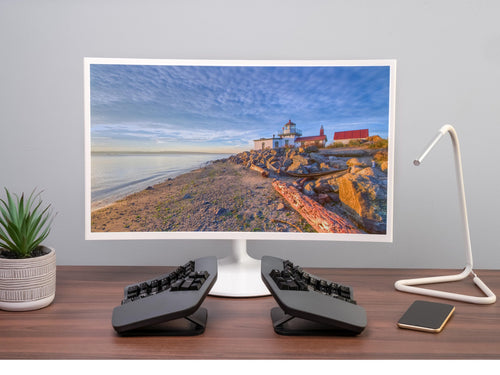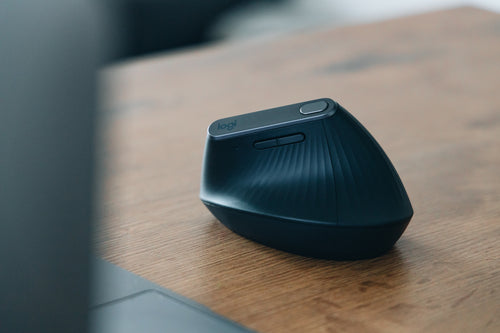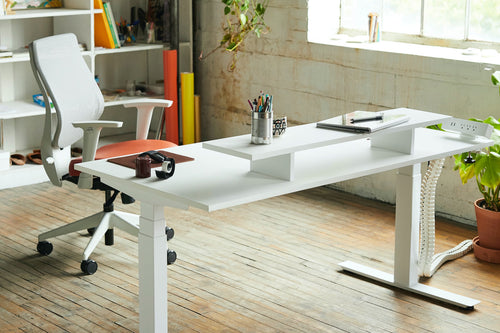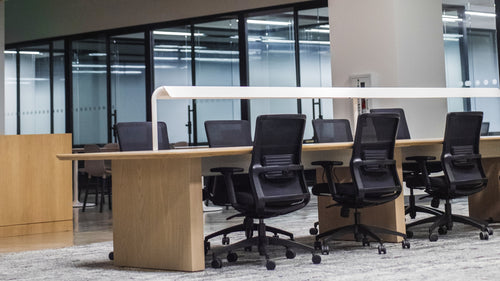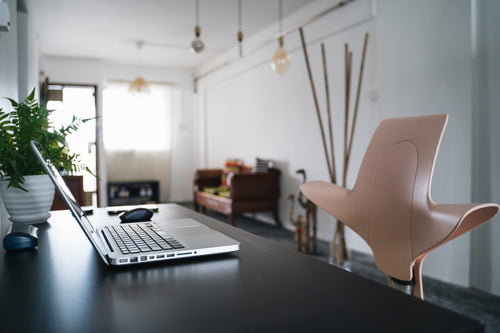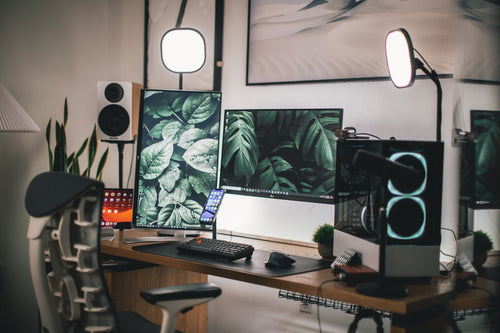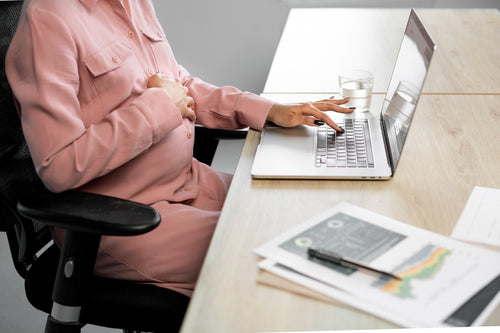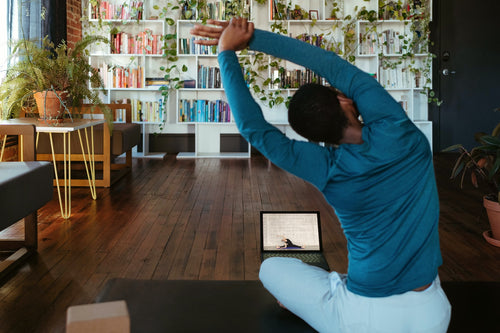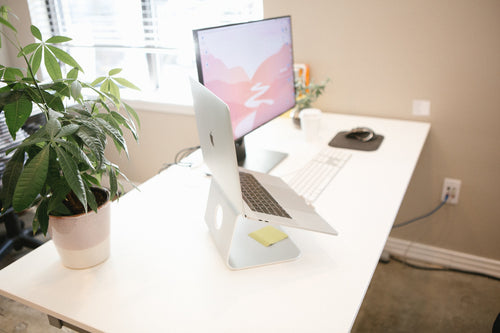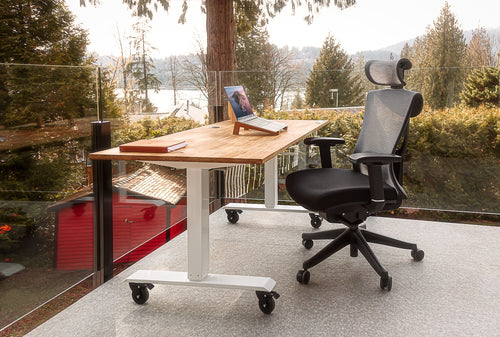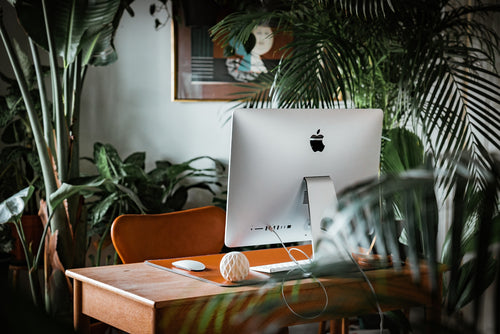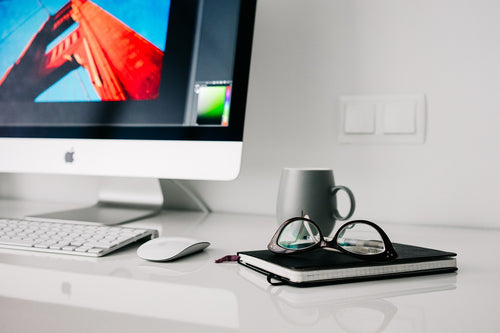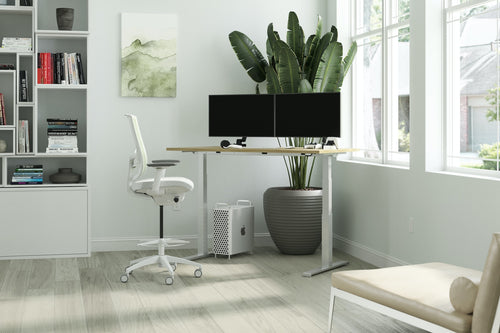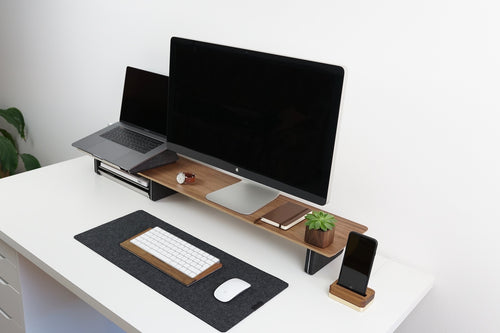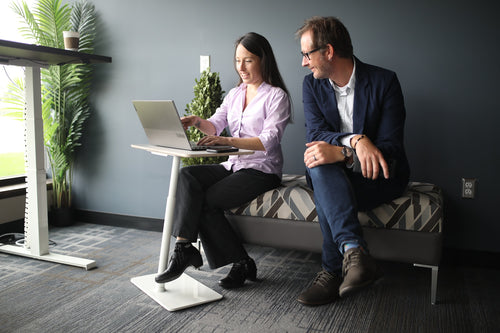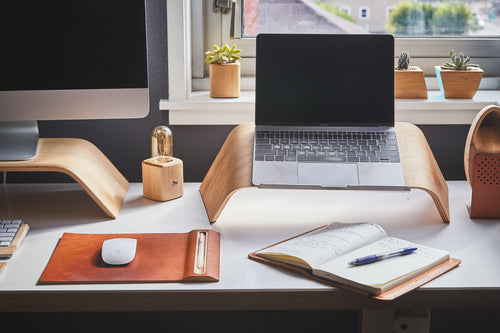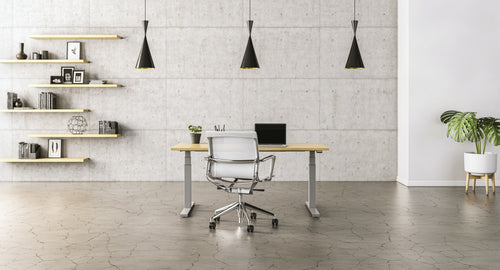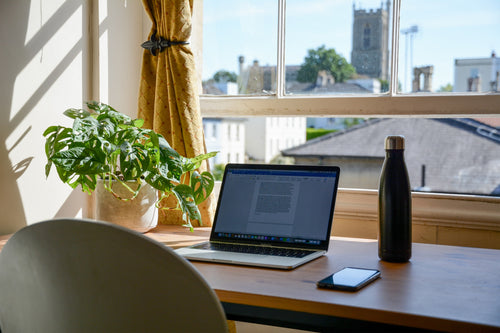If you work from home or have a dedicated office space, you probably have a lot of cables and wires cluttering your desk and floor. It is not only messy and unprofessional, but it can pose a safety risk to you as well as affect your productivity and comfort. For this reason, it's important to organise cables and wires so that they fit into a more ergonomic workspace. It is not only messy and unprofessional, but it can pose a safety risk to you as well as affect your productivity and comfort. For this reason, it's important to organise cables and wires so that they fit into a more ergonomic workspace.
In this article, we'll show you some easy and effective ways to manage your cables and wires, using some common tools and products that you can find online or at your local hardware store. By following these tips, you'll be able to create a neat, tidy, and ergonomic workspace that will boost your efficiency and well-being.
Why You Should Organise Your Cables and Wires
Before we dive into the how-to part, let's first understand why you should organise your cables and wires in the first place. Here are some of the benefits of cable management:
- Safety: If the cable or wire gets twisted or tangled, it can cause tripping hazards, fire risks and electrical dangers. By organising them properly, you can prevent accidents and injuries to yourself and others.
- Performance: Cables and wires can affect the performance of your devices if they are not properly connected or if they interfere with each other. By organising them properly, you can ensure optimal connectivity and signal quality for your devices.
- Aesthetics: Cables and wires can ruin the look of your workspace if they are visible and messy. By organising them properly, you can create a more professional and pleasing appearance for your workspace.
- Ergonomics: Cables and wires can affect your ergonomics if they limit your movement or force you to adopt awkward postures. By organising them properly, you can create a more comfortable and healthy workspace that supports your posture and reduces strain.
How to Organise Your Cables and Wires
Now that you know why you should organise your cables and wires, let's see how you can do it in a few simple steps.
Step 1: Unplug Everything
The first step is to unplug everything from the power strip and separate all the cables and wires. This will give you a clear view of what you have and what you need to organise. You can also unplug everything from the other end and completely remove all the cables and wires from your workspace for a clean slate.
Step 2: Mount the Power Strip to the Desk or Wall
Next is to find the best place where you can put your power strip, which will bring all of your cables and wires together, ideally mounted on either side of the desk or a wall in front of the table. Next is to find the best place for the power strip, which will bring all cables and wires together. This will keep it off the floor and prevent it from dangling or getting in the way.
You'll need some screws and a drill to mount the power strip. Most power strips have holes on the back where you can slide screw heads into them to secure them to a surface. To mount it, you simply measure the distance between the holes, copy that to the desk or wall surface, and drive in screws, leaving them sticking out just a bit so that you can slide the power strip on. After that, line up the power strip's holes with the screws and slide them in place. If it's still loose, tighten the screws down a bit until you get a snug fit.
Step 3: Wrap Cables Up and Plug Them In
Third, you must shorten every wire as much as possible to ensure that it does not hang or create an unattractive mess. It is possible to tie them down with Velcro bands, cables or gear ties. These are products that can be reused and adjusted so that they can be neatly and securely attached to the cables.
Once you've wrapped up your cables, plug them into the power strip or their respective devices. Make sure to leave some slack for movement and flexibility.
Step 4: Label Each Cable (Optional)
The fifth step is optional but highly recommended if you have a lot of cables and wires that look similar or serve different purposes. You can label each cable with some stickers, tags, or markers. This will help you identify each cable easily and avoid confusion or mistakes when unplugging or plugging something.
You can label each cable with its name, function, device, or colour. For example, you can mark your laptop charger as "Laptop", your monitor cable as "Monitor", or your printer cable as "Printer". You can also use different colours to distinguish different types of cables, such as power, data, audio, or video.
Step 5: Use a System That Works For You
The final step is to use a system that works for you and your workspace. There are many ways to organise your cables and wires, and you can choose the one that suits your needs and preferences. Here are some examples of cable management systems that you can try:
Cable Station: This is a compact mini station that tidies up all the loose cords on your desk. It has slots where you can insert your cables and keep them snugly tucked in so they won’t slide onto the ground when unplugged1.
Wooden Box Cable Organizer: This is a stylish solution to hiding any jumble of cables. You simply slide a power strip into the box, place the wooden cover on top, and no one will see the mess of plugs inside3.
Cord Bundler: This is a product that lets you hang your cables vertically on the wall or behind the desk. It has hooks where you can wrap your cables around and keep them out of sight and out of mind1.
Organising your cables and wires is not only a good way to improve the look of your workspace, but also a smart way to enhance your safety, performance, ergonomics, and well-being. By following these simple steps and using these handy products, you can create a more ergonomic workspace that will make you more productive and comfortable.
We hope you found this blog post helpful and informative. If you have any questions or comments, or if you need any help with organising your cables and wires, don't hesitate to contact us. We're always happy to help! 😊
Image by rawpixel.com on Freepik



